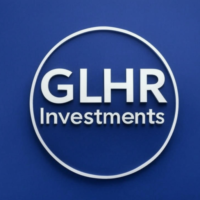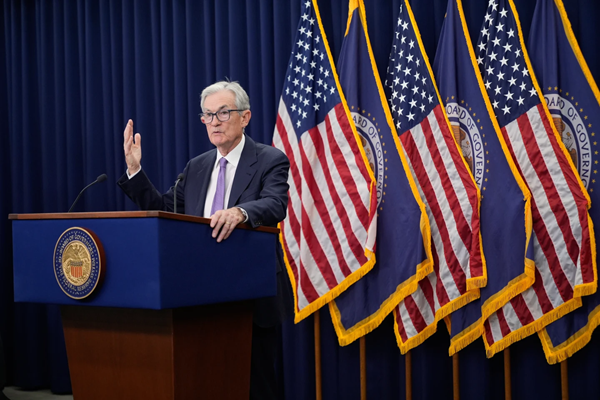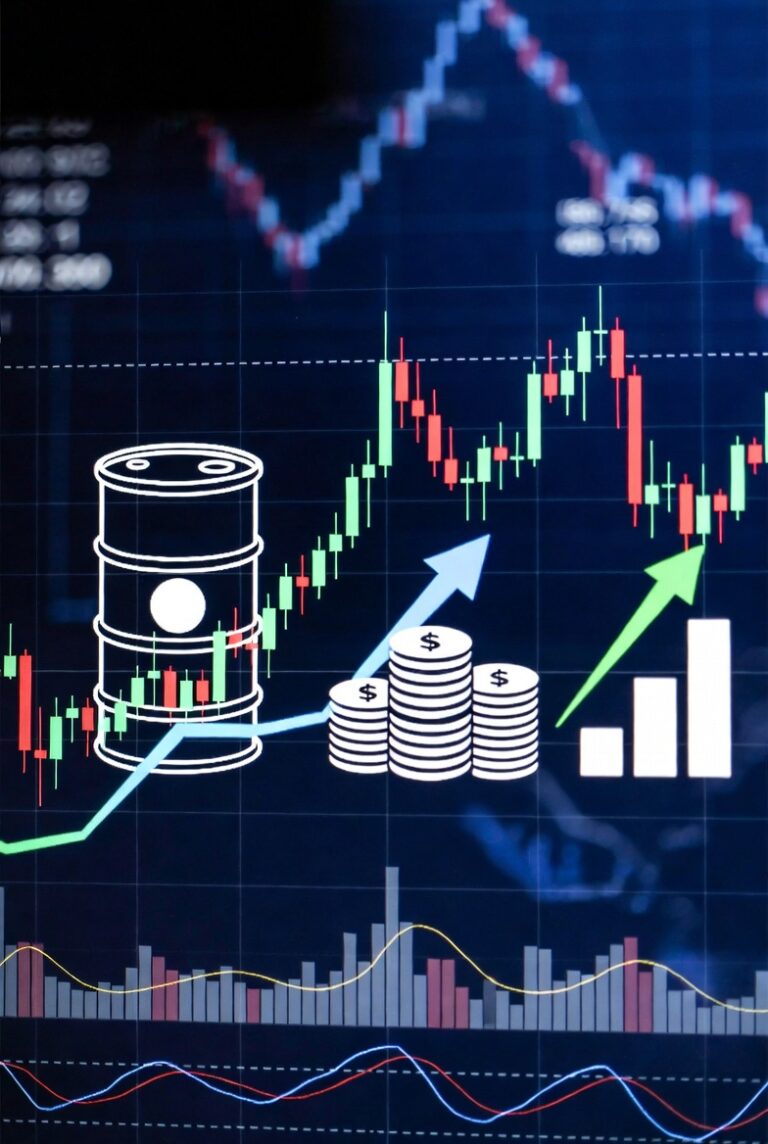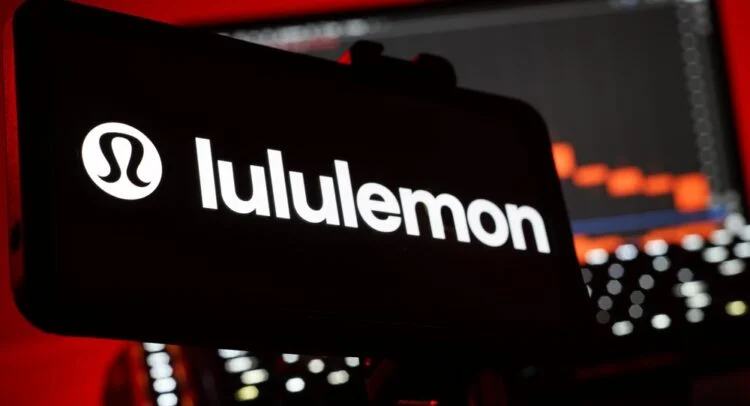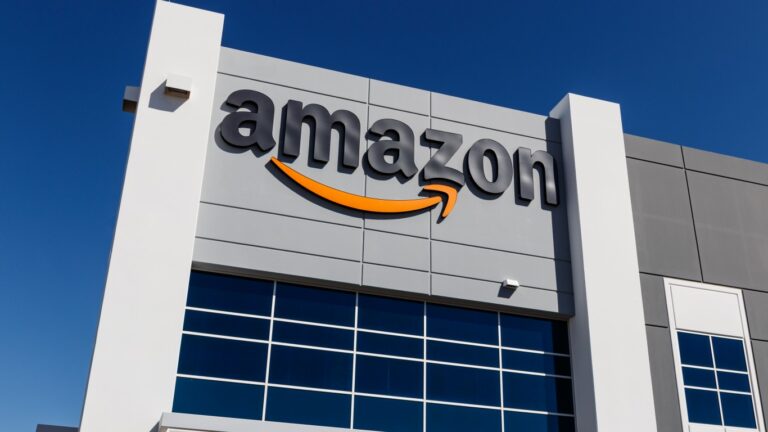
At GLHR Investing, we’re examining Pfizer’s 2024 financials—$58 billion in revenue, $10 billion in R&D, and $70 billion in debt with a 0.7 debt-to-equity ratio—to determine if it’s a top dividend pick for 2025. With a P/E ratio of 14, lower than peers like Merck at 18, and a robust 6.5% dividend yield, Pfizer offers value in a volatile market (S&P 500 down 4.8% YTD at $513.88 as of May 23, 2025). Yet, risks like patent cliffs and regulatory delays loom large. Amid Trump’s tariffs, 3.5–4% inflation, and a 60% recession risk, is Pfizer the dividend deal of 2025? Here’s a comprehensive analysis of Pfizer’s performance, valuation, risks, and investment potential, with strategies for navigating today’s economy.
- Economic and Market Context (June 2025):
- Market Performance:
- SPY fell 15.6% YTD, with a 0.87% May drop and 0.5–1% decline in June’s first week (June 1–6), nearing bear market territory (17.6% from February’s $613.23 peak), per prior analyses and X post (@kautiousCo).
- Volatility spiked (VIX ~20.6), with Nasdaq down ~0.8–1.2% in June due to tech sell-offs, per prior analyses.
- Healthcare sector (XLV) up ~3% YTD, outperforming SPY, driven by recession-resistant demand, per web data.
- Economic Indicators:
- Q1 GDP contracted -0.3%, with Q2 estimated at 1.5–1.9%, below 2024’s 2.7%, due to tariffs and 13% retail spending cuts, per web data.
- Inflation rose from 3% (March) to 3.5–4% (June), with 6.7% expectations, fueled by 50% steel tariffs (June 4), adding $1,200/household in costs, per prior analyses.
- Unemployment hit 4.2% (April), with job growth at ~100,000/month, slowed by federal layoffs and immigration curbs (~500,000 net), per web data.
- Consumer sentiment sank to 50.8, a 12-year low, with retail spending down 13%, per prior analyses.
- Trump’s Policy Impacts:
- Tariffs: 125% on China, 25% on Canada/Mexico (paused until July 9), and 50% steel tariffs (June 4) raised costs, with China’s mineral export suspension (May 30) threatening supply chains, per web data.
- OBBBA (May 22): $3.7T tax bill boosted spending (0.3–0.5%) but added $3.2–$4.1T deficits, pushing 10-year yields to 4.28%, per web data.
- Regulatory Environment: Trump’s pro-business stance and reduced oversight (e.g., vaccine panel changes) could ease approvals, but drug price controls (May 12 order) risk margins, per web data and X post (@SeekingAlpha).
- Big Pharma Outlook:
- Pharmaceutical market projected at $1.6T globally by 2028, with 6% CAGR, driven by oncology and vaccines, per web data.
- Patent cliffs and regulatory delays challenge growth, with Pfizer facing $17B in revenue losses by 2030, per web data.
- Market Performance:
- Pfizer’s 2024 Financial Performance:
- Revenue ($58 Billion):
- Full-year 2024 revenue was $63.6 billion, a 6.84% increase from $59.6 billion in 2023, exceeding initial guidance ($58.5–$61.5B), per web data.
- Q4 2024 revenue reached $14.2 billion, down 42% operationally from 2023 due to declining COVID-19 product sales (Comirnaty, Paxlovid), but non-COVID products grew 8% operationally, per web data.
- Key drivers: $3.4 billion from Seagen (acquired December 2023), robust growth in Vyndaqel, Eliquis, Xtandi, and Nurtec, per web data.
- 2025 guidance projects $61–$64 billion, with 10–18% adjusted EPS growth, reflecting cost savings and non-COVID portfolio strength, per web data.
- R&D Spend ($10 Billion):
- Pfizer invested $10.7 billion in R&D in 2024, down from $13.8 billion in 2021 due to reduced COVID-19 focus, with a 2023 R&D-to-revenue ratio of 18.3%, per web data.
- 2025 R&D budget is projected at $10.7–$11.7 billion, supporting oncology (e.g., Seagen’s antibody-drug conjugates) and vaccines (e.g., RSV, hemophilia), per web data.
- Key pipeline milestones: FDA approvals for hemophilia A/B treatments, RSV vaccine for ages 18–59, and positive Phase 3 results for metastatic prostate cancer, per web data.
- Debt ($70 Billion, Debt-to-Equity 0.7):
- Total debt was $66.61 billion as of Q3 2024, with long-term debt at $58 billion, down 4.99% YOY, per web data.
- Debt-to-equity ratio was 0.65 (Q4 2024), slightly below the reported 0.7, indicating moderate leverage compared to peers (e.g., Merck’s 0.8), per web data.
- Debt increased significantly in 2023 ($61.5B from $32.9B in 2022) due to the $43 billion Seagen acquisition, financed partly by a $31 billion debt offering, per web data.
- Pfizer plans to de-leverage post-Seagen, maintaining flexibility for dividends and share repurchases, per web data.
- Dividend Profile:
- Dividend yield: ~6.5% at $25/share, with $1.64/share paid in 2024 ($9.2 billion total), a 53-year Dividend Aristocrat, per web data.
- Payout ratio: ~60%, sustainable with $7.8 billion in 2024 free cash flow, per web data.
- Revenue ($58 Billion):
- P/E Comparison: Pfizer vs. Peers:
- Pfizer (PFE):
- P/E: 14 (forward P/E ~12), reflecting undervaluation due to COVID-19 revenue declines and patent cliff concerns, per web data.
- Context: Q4 2024 EPS was $0.50, beating estimates ($0.38), with 2025 adjusted EPS guidance of $2.80–$3.00, per web data.
- Merck & Co. (MRK):
- P/E: 18 (forward P/E ~15), higher due to Keytruda’s dominance (40% of revenue, $25B in 2024) and oncology pipeline strength, per web data.
- Context: Q1 2025 revenue up ~9% YOY to $16B, with Keytruda patent expiry looming in 2028, per web data.
- Other Peers:
- Johnson & Johnson (JNJ): P/E ~15, Q1 2025 revenue up 4% to $21.4B, stable due to diversified portfolio, per web data.
- AbbVie (ABBV): P/E ~16, 2023 revenue down 6.4% to $54.3B due to Humira patent loss, per web data.
- Eli Lilly (LLY): P/E ~50, driven by obesity drugs (Mounjaro), Q1 2025 revenue up 26% to $11B, per web data.
- Comparison:
- Pfizer’s P/E of 14 is lower than Merck (18), JNJ (15), and ABBV (16), reflecting weaker near-term growth prospects due to patent cliffs and COVID-19 revenue drops, per web data.
- Compared to high-growth peers like LLY (50), Pfizer offers value for dividend-focused investors, but Merck’s higher P/E is justified by Keytruda’s longer patent runway, per web data.
- Pfizer’s valuation aligns with its cost-cutting ($4.5B savings by 2025) and Seagen-driven oncology growth, per web data.
- Pfizer (PFE):
- Key Risks:
- Patent Cliffs:
- Pfizer faces $17 billion in revenue losses by 2030 from patent expirations, including Eliquis (2027), Vyndaqel (2028), and Xtandi (2027), per web data.
- Loss of exclusivity for key drugs could reduce revenue by 20–30%, with generics eroding margins, per web data.
- Impact: Investors view patent cliffs as a “nightmare” for Pfizer’s long-term growth, per X post (@SeekingAlpha).
- Regulatory Delays:
- Potential delays in FDA approvals for pipeline drugs (e.g., cancer cachexia candidate, hemophilia therapies) could stall growth, with a Q2 2024 PDUFA date for hemophilia B gene therapy, per web data.
- Recent setbacks include the voluntary withdrawal of Oxbryta (sickle cell disease) in September 2024 due to patient deaths, impacting confidence, per web data.
- Impact: Regulatory hurdles could delay $10B in projected Seagen revenue by 2030, per web data.
- Other Risks:
- Trade Tensions: Trump’s 125% China tariffs (paused until July 9) and mineral bans (May 30) raise supply chain costs 5–10%, per prior analyses.
- Debt Burden: $66.6B debt (0.65 debt-to-equity) is manageable but limits flexibility if R&D fails to deliver, per web data.
- COVID-19 Revenue Decline: Comirnaty and Paxlovid sales fell to $8B in 2024 from $57B in 2022, with further declines expected, per web data.
- Activist Pressure: Starboard Value’s $1B stake and push for changes (October 2024) add uncertainty to leadership and strategy, per web data.
- Patent Cliffs:
- Investor Strategy:
- Is Pfizer a Dividend Deal?:
- Bullish Case: Pfizer’s 6.5% yield, low P/E (14), and $4.5B cost savings by 2025 make it a compelling income play, per web data. Seagen’s $3.4B contribution and pipeline advancements (oncology, RSV) support 10–18% EPS growth, targeting $2.80–$3.00 in 2025, per web data. Defensive healthcare demand counters recession risks (60%), per prior analyses.
- Bearish Case: Patent cliffs ($17B risk by 2030), regulatory setbacks (e.g., Oxbryta withdrawal), and trade tensions threaten growth, per web data. Starboard’s activism and debt ($66.6B) add uncertainty, per web data.
- Investment Approach:
- Buy: Purchase PFE on dips near $24 for ~40–60% upside ($35–$40), leveraging high yield and cost savings, but limit to 5% allocation due to patent risks, per X post (@philipp_hildebr).
- Hold: Maintain existing positions, monitoring Q2 earnings (July 2025) for pipeline progress and tariff impacts, per web data.
- ETFs:
- iShares U.S. Pharmaceuticals ETF (IHE): Includes PFE, MRK, JNJ, up ~5% YTD, for diversified healthcare exposure, per web data.
- Health Care Select Sector SPDR Fund (XLV): Broader healthcare exposure, up ~3% YTD, reducing single-stock risk, per web data.
- Portfolio Allocation:
- Allocate 5–10% to healthcare (PFE, IHE), balancing with 40% defensives (e.g., PG, WMT) and 30% bonds (Treasuries), per prior analyses.
- Hedge with 3–5% in gold (GLD, +3%) or utilities (XLU, +1%) to counter tariff and recession risks, per web data.
- Timing:
- Buy on SPY dips near $490–$500 or PFE pullbacks (<$24), per Trade That Swing.
- Dollar-cost average ($500–$1,000/month) to manage VIX (~20–25), per Schwab.
- Key Catalysts to Monitor:
- July 9 Tariff Deadline: Reinstatement of 125% China tariffs could raise costs 5–10%, per web data.
- Q2 Earnings (July): Confirm Seagen’s $10B revenue potential and pipeline progress, per web data.
- June 17–18 FOMC Meeting: Rate cut signals (25 bps in September) could boost healthcare, per X post (@grok).
- Patent Cliff Mitigation: Monitor FDA approvals for oncology and hemophilia drugs, per web data.
- Starboard Activism: Leadership or strategy changes could impact stock, per web data.
- Is Pfizer a Dividend Deal?:
- Conclusion: Pfizer’s Dividend Appeal:
- Pfizer’s $63.6 billion 2024 revenue, $10.7 billion R&D, and $66.6 billion debt (0.65 debt-to-equity) underscore its resilience, with a low P/E of 14 and 6.5% dividend yield positioning it as a value play compared to Merck (P/E 18). Despite patent cliffs ($17B risk by 2030) and regulatory delays (e.g., Oxbryta), cost savings ($4.5B) and Seagen’s oncology pipeline offer growth potential. In a volatile 2025 economy (SPY -15.6% YTD), Pfizer is a compelling dividend deal for income-focused investors, but tariff and recession risks require careful hedging.
- Why It Matters: As Big Pharma rebounds in 2025’s $1.6T market, Pfizer’s high yield and undervaluation make it a standout amid Trump’s tariffs and a 60% recession risk. With defensive healthcare demand and pipeline momentum, strategic buys (PFE) and ETFs (IHE) offer income and growth. GLHR Investing guides you to capitalize on Pfizer’s comeback, securing your portfolio in a turbulent market.
Invest smart with GLHR Investing—lock in dividends, seize the deal!
Disclaimer: GLHR Investing is not a financial adviser; please consult one.
